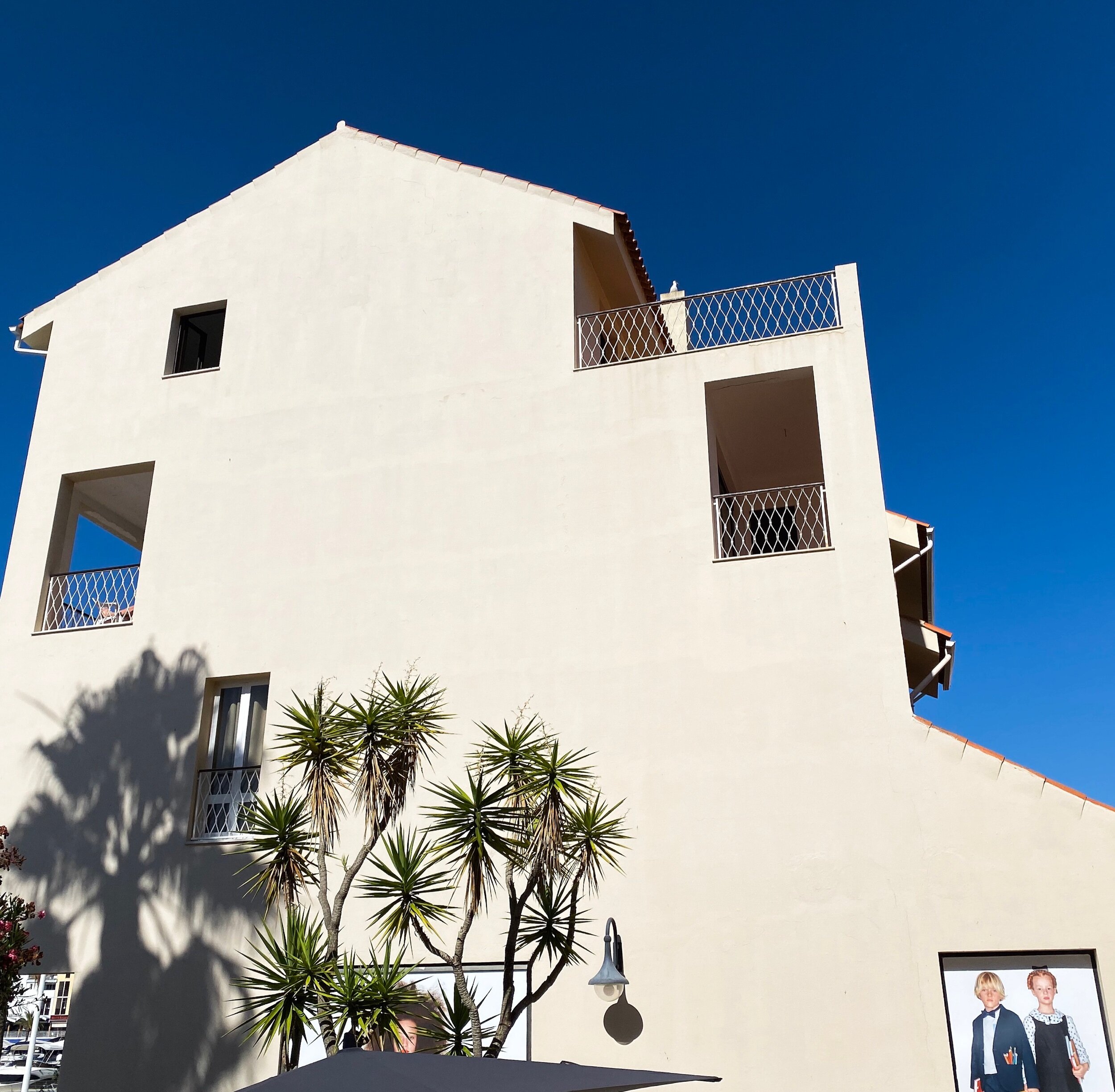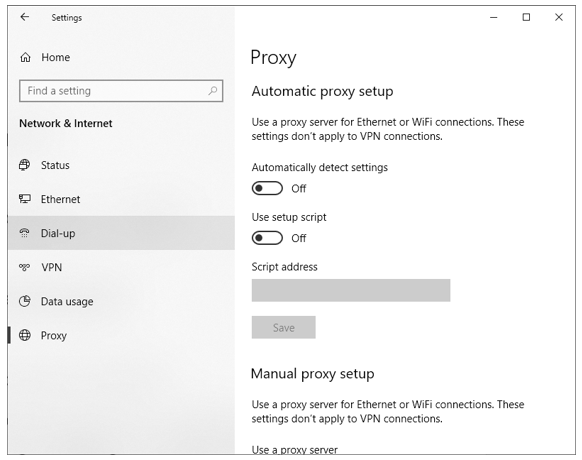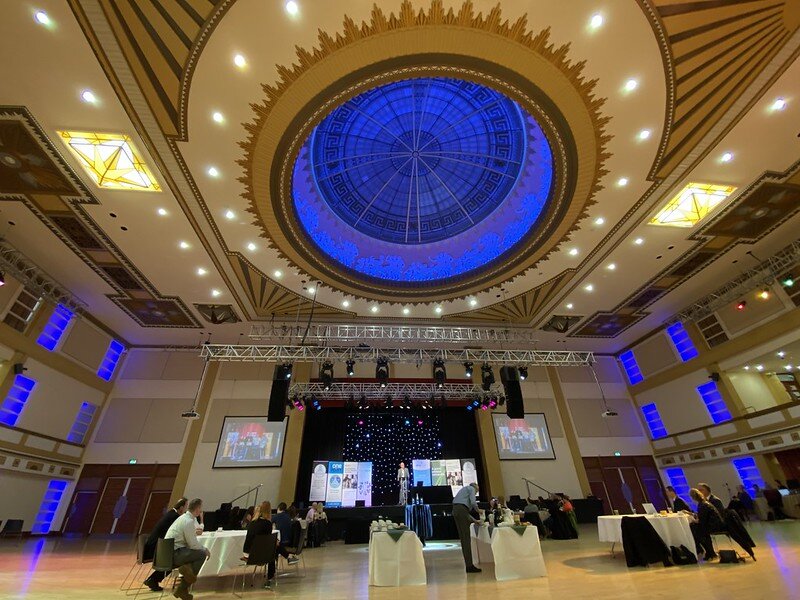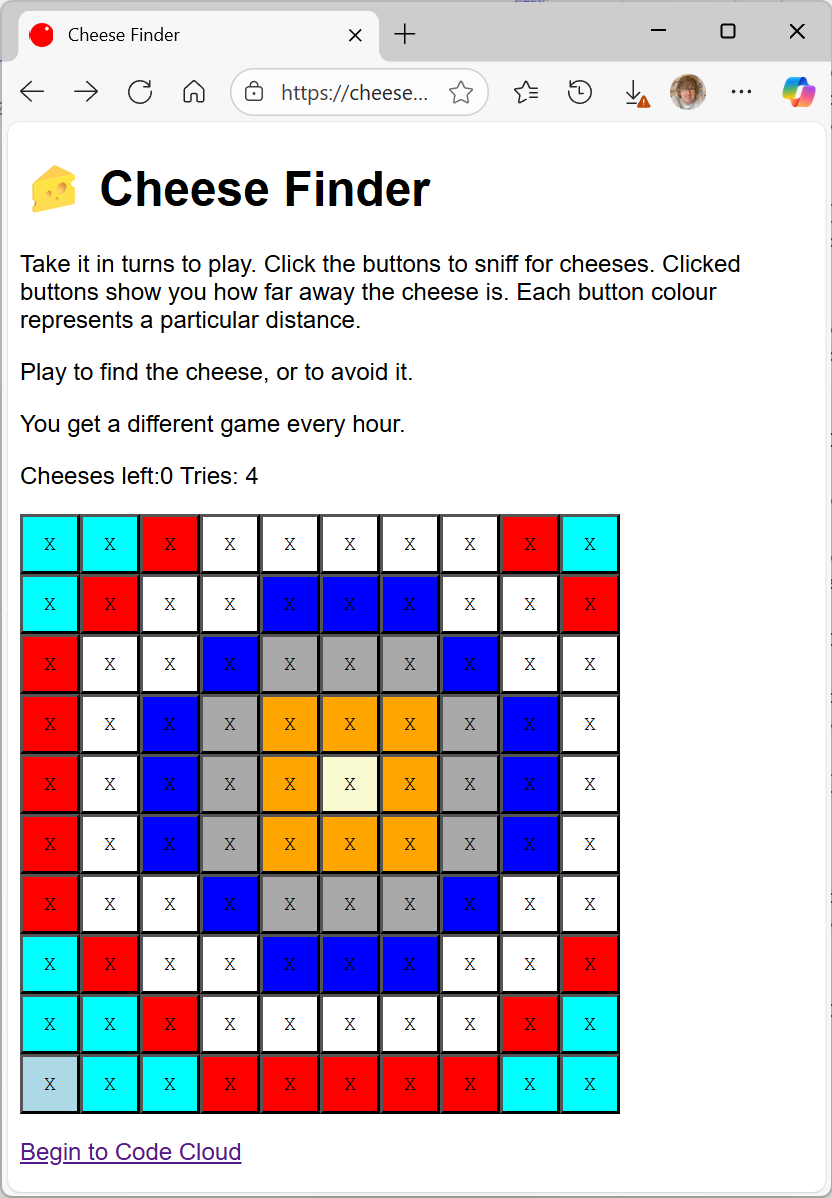DDD 14 at Reading
/Thanks for being a great audience folks
I’ve not been to Microsoft Thames Valley Park for a while. It was very nice to be back there for the day at the Developer, Developer, Developer (DDD) conference. It was awesome. Four tracks of excellent content. I was talking about Air Quality and top hats and whatnot. I had a fantastic audience all my demos worked. (Note to self: stop sounding surprised when this happens). If you want the slide and the sample programs you can find them here.
These events are always amazing and kudos to Microsoft, the Black Marble Team and all the speakers. There was also a splendid set of lunchtime talks. The next DDD will be DDD North which will be back in Hull on Feb. 29th 2020. Make a note of the date now folks. I have.




























